Science Summaries
Our Science Summaries describe the research of our scientists in language that is easy to understand.
Covid-19 antibiotic use could be improved, says study

Frequently prescribing antibiotics for patients with Covid-19 in hospital is often unnecessary and risks making more bacteria drug-resistant, research suggests.
Light-sensitive drug acts as Trojan horse to kill cancer cells
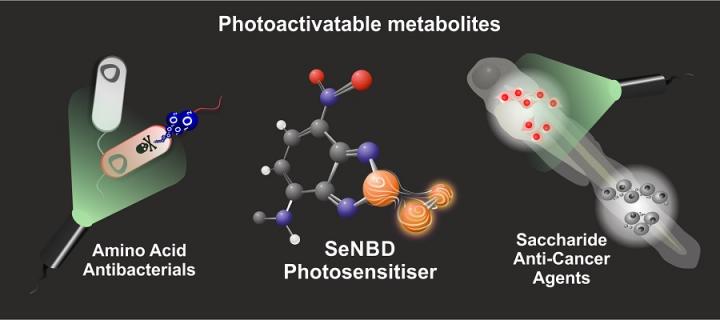
May 2021: A light-activated drug that can enter and kill cancer and bacterial cells without harming nearby healthy cells has been tested successfully.
Growing into the role: how immune cell maturity and behaviour is affected by the local population
March 2021: Members of the Jenkins lab have discovered how the maturity and behaviour of cells recruited to sites of infection or injury are influenced by the existing cell population in that area.
New cell behaviour discovered in the immune system which affects autoimmune diseases including rheumatoid arthritis
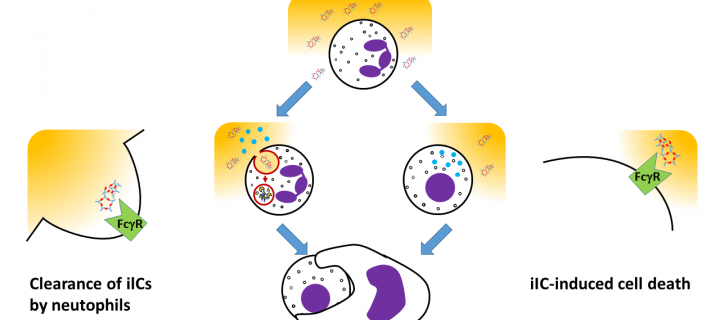
March 2021: Dr Utsa Karmakar and colleagues from the Centre have discovered a new behaviour of immune cells, called neutrophils, that is important in auto-immune conditions including rheumatoid arthritis.
Educating scavenger immune cells: why sex is important
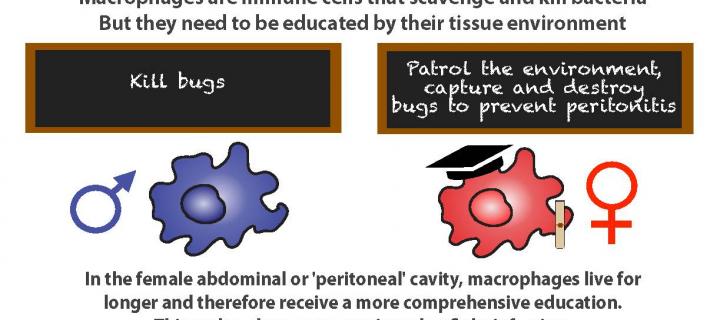
June 2020: Researchers from the Bain and Jenkins labs discover that immune cells called macrophages get a better education in the female abdomen, making them more effective scavengers of harmful bacteria.
Fresh insights could lead to new treatments for liver disease
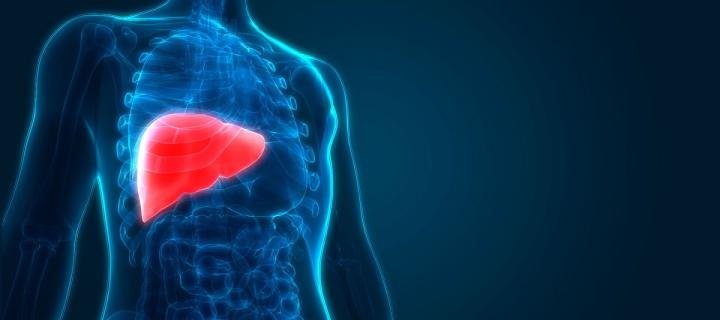
October 2019: The fight against liver disease could be helped by the discovery of cells that cause liver scarring
Scientists track cell family trees to discover their role in tissue scarring and liver disease
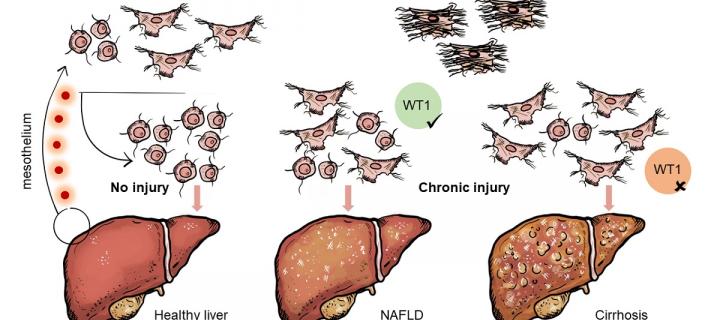
October 2019: Researchers have discovered that a key cell type involved in liver injury and cancer consists of two cellular families with different origins and functions
Imaging tools help cancer team build clearer picture of tumours
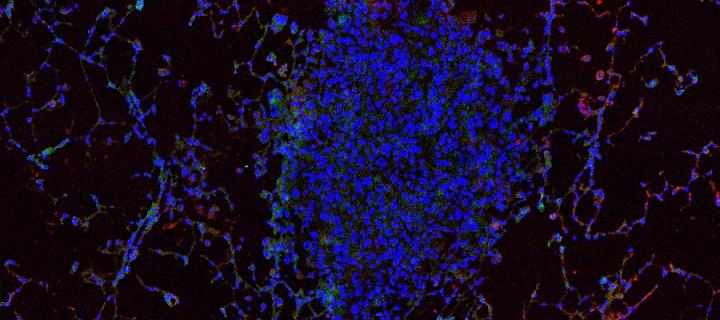
October 2019: Early diagnosis and treatment of cancer patients could be helped by new imaging technology that sheds light on how tumours form
Sequencing single cells uncovers potential liver disease drug target
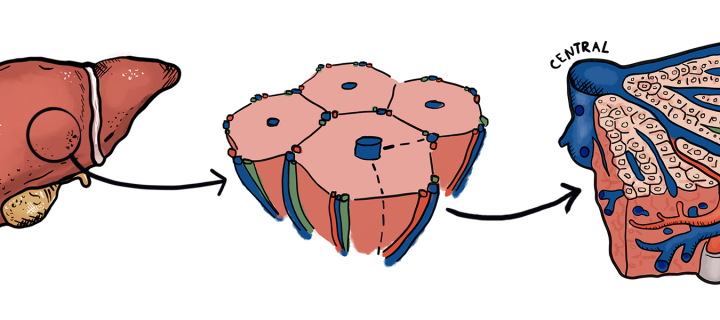
October 2019: Researchers have discovered a subgroup of cells which provide a promising target for chronic liver disease therapies.
View our Science Summaries archive

